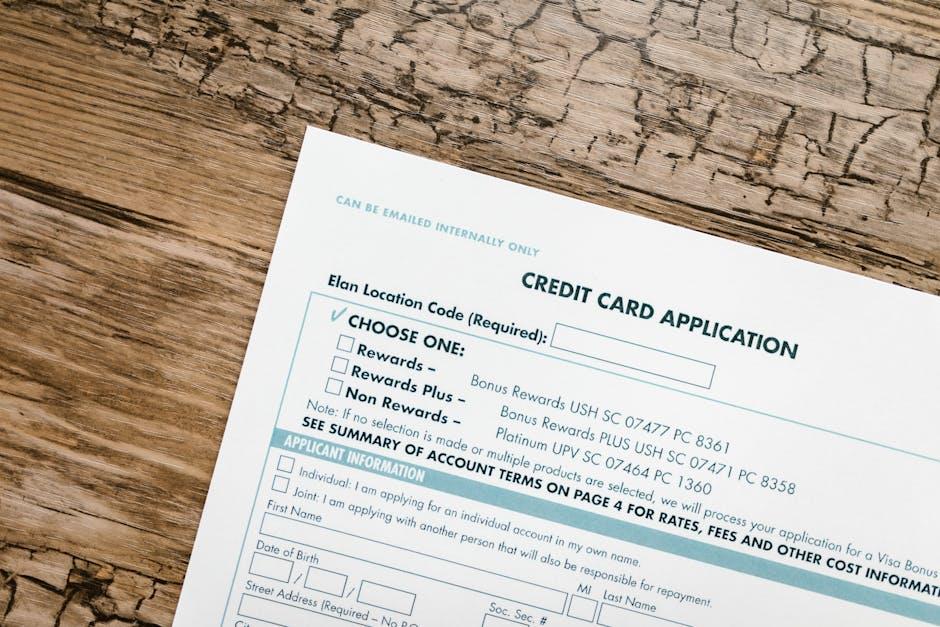In the dynamic world of international finance, where opportunities and uncertainties intermingle like colors on a painter’s palette, assessing credit risk stands as both an art and a science. As businesses extend their reach across borders, the ability to gauge the financial reliability of international partners becomes crucial. This process, akin to navigating a labyrinth of economic indicators, geopolitical landscapes, and cultural nuances, demands a keen eye and a steady hand. In this authoritative guide, we delve into the intricacies of assessing credit risk in international markets, equipping you with the tools and insights needed to make informed decisions. Whether you’re a seasoned financial analyst or a business leader venturing into new territories, understanding the delicate balance of risk and reward is essential for thriving in the global marketplace. Join us as we explore the strategies and methodologies that illuminate the path to sound credit risk assessment, ensuring your ventures are as secure as they are ambitious.
Understanding Global Credit Landscapes
In today’s interconnected world, assessing credit risk in international markets requires a nuanced understanding of diverse economic landscapes. A comprehensive approach involves evaluating several key factors that influence creditworthiness across borders. Start by examining the political stability of the country, as political unrest can lead to economic volatility, impacting a borrower’s ability to repay. Consider the economic indicators such as GDP growth rates, inflation, and employment levels, which provide insights into the overall health of the economy. Understanding the regulatory environment is crucial, as different countries have varying levels of financial regulation and enforcement that can affect credit risk.
Moreover, it’s essential to delve into the cultural nuances that might affect business practices and financial transactions. Understanding local business customs can help in evaluating the reliability of financial statements and the likelihood of default. Consider the currency risk, especially in countries with volatile exchange rates, as this can significantly impact repayment capabilities. Lastly, leverage technology and data analytics to gather real-time data and predictive insights, allowing for a more dynamic and informed risk assessment. By integrating these elements, you can develop a robust framework for evaluating credit risk in international markets.
Navigating Economic and Political Variables
In the intricate landscape of international markets, understanding the interplay of economic and political variables is crucial for accurate credit risk assessment. These variables can dramatically influence a country’s financial stability and, consequently, the creditworthiness of entities within that market. To effectively navigate these complexities, consider the following factors:
- Economic Indicators: Keep a close eye on GDP growth rates, inflation trends, and unemployment levels. These indicators provide insights into the overall health of an economy and can signal potential risks.
- Political Stability: Assess the political climate by examining government stability, policy changes, and geopolitical tensions. Political upheaval can lead to sudden economic shifts, affecting credit risk.
- Regulatory Environment: Understand the regulatory framework governing financial transactions and credit in the target market. Frequent changes or stringent regulations can impact credit risk.
By systematically evaluating these variables, you can develop a more nuanced understanding of the potential risks and opportunities in international credit markets, enabling informed decision-making and strategic planning.

Evaluating Financial Health Across Borders
In today’s interconnected world, assessing credit risk in international markets requires a nuanced approach that goes beyond traditional financial metrics. Understanding the economic and political landscape of the target country is crucial. This involves analyzing factors such as:
- Political stability: Evaluate the likelihood of political upheaval or policy changes that could impact financial obligations.
- Economic indicators: Look at GDP growth rates, inflation, and unemployment rates to gauge economic health.
- Regulatory environment: Consider the ease of doing business and the robustness of legal frameworks for contract enforcement.
Moreover, cultural nuances play a significant role in financial transactions. Understanding local business practices and communication styles can mitigate risks associated with misinterpretation or miscommunication. Building strong local partnerships and leveraging local expertise can provide invaluable insights into market dynamics and creditworthiness. By adopting a comprehensive, multi-faceted approach, businesses can better navigate the complexities of credit risk in international markets.
Crafting Strategic Risk Mitigation Plans
In the realm of international markets, the intricacies of credit risk assessment demand a robust approach to strategic risk mitigation. The foundation of a sound plan begins with a comprehensive understanding of the geopolitical landscape, currency fluctuations, and economic stability of the target market. It is crucial to diversify the risk portfolio by spreading exposure across various regions and sectors, thus minimizing the impact of localized economic downturns.
- Thorough Market Analysis: Engage in detailed market research to evaluate the creditworthiness of potential clients and partners. This includes assessing their financial health, historical payment behavior, and industry reputation.
- Utilize Credit Scoring Models: Implement advanced credit scoring models tailored to international markets. These models should incorporate both quantitative and qualitative data to provide a holistic view of credit risk.
- Leverage Technology: Employ cutting-edge technology solutions such as AI and machine learning to predict and monitor potential risks in real-time, enabling proactive decision-making.
Crafting these plans requires not only a keen eye for detail but also a strategic mindset that anticipates potential challenges and devises solutions that are both innovative and effective. The ultimate goal is to safeguard your investments while fostering growth in the dynamic arena of international markets.





